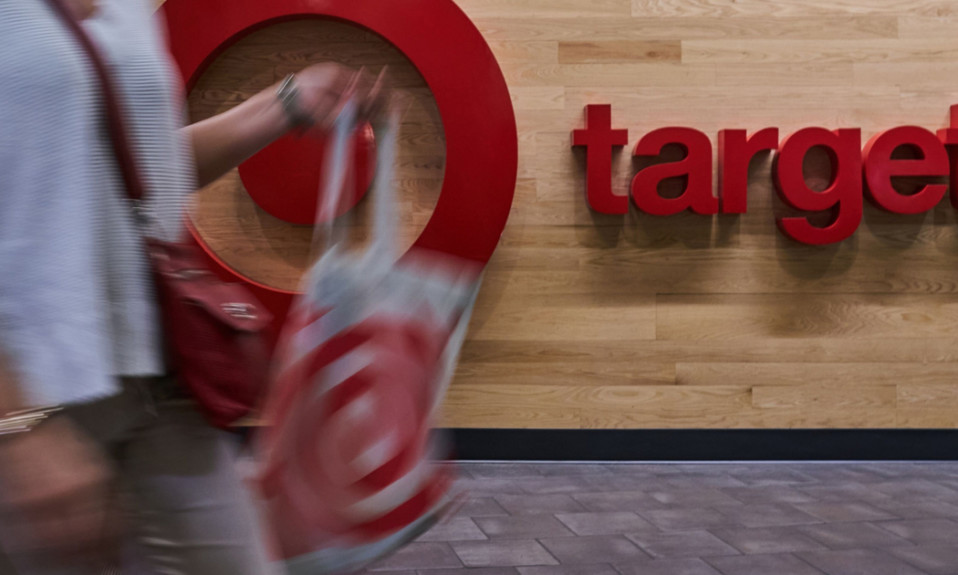Generational divide
However, the difference in opinion is starker by generation. Of consumers between the ages of 18 and 34, which includes Gen Z and some millennials, 34% said they would be more likely to buy from a company that supports LGBTQ+ rights during Pride Month; this compares with just 13% of consumers ages 55 and over. The division is expected to continue as younger consumers grow and assert their buying power.
“Part of what we’re seeing is this huge generation split,” said Sender. “The old guard that wants everybody in their little boxes of gender and sexuality—that regime is dying.”
Historically, fighting for acceptance during Pride Month is nothing new and goes back to the root of the month’s existence. Pride Month originated with the Stonewall Riots in Greenwich Village in 1969, in which gay community members resisted police brutality with protests. The first Pride March took place in 1970. Experts say marketing Pride, particularly during June, means companies should be ready to fight in the face of backlash and be an ally to the LGBTQ+ community—otherwise, they should put away the rainbows.
Opinion: Making rainbow washing a thing of the past
“Pride is, by definition, a protest,” said Eric Cervini, a Pulitzer Prize finalist and LGBTQ+ historian who authored the “Beers and Queer History” book in partnership with Miller Lite that was released last year. He noted that pride has been synonymous with resistance. “If you are running a marketing campaign for your company involving the rainbow flag, that is declaring that you will protect the LGBTQ+ community—that you want to fight not just against bigotry but all forms of oppression that affect the LGBTQ+ community, whether police brutality, homelessness, or the mental health crisis in this country.”
However, the current environment is such that experts agree any brand putting out Pride-related marketing this year should have a prepared response in case of hostile responses. Marketers should plan for different scenarios and have communications and messaging ready for social media, for customer emailing and for the press. Such statements should be pre-approved by the highest levels of executives at the company so that everyone is on the same page early on, according to Weser. She added that companies should also make sure they have communicated their stance to their own employees. Such staffers should understand why a company is taking the action it is taking and should even be armed with talking points, Weser said.
“Ultimately for an employee to feel safe, they need to feel like their company has their back,” she said. “You’re never going to have 100% of agreement but clear communication about what you stand for and how you’re activating and what they can say and what you are doing to keep them safe—that’s really important to be proactive about.”









